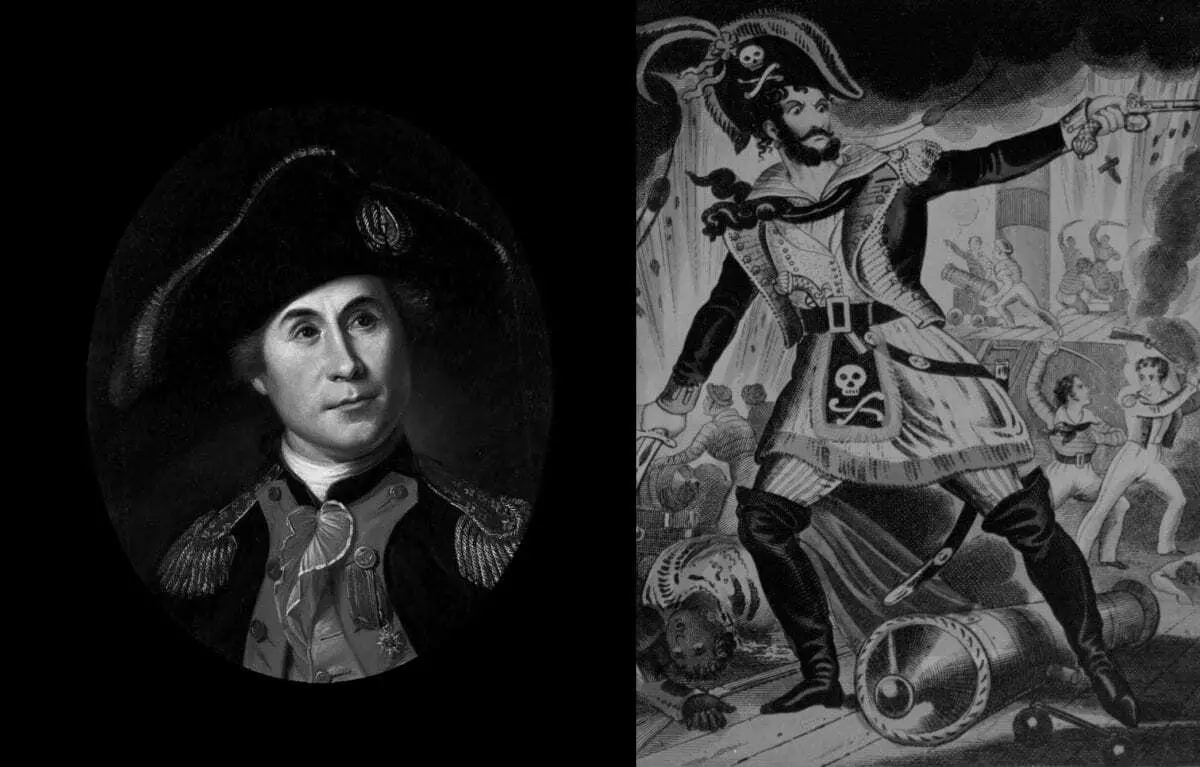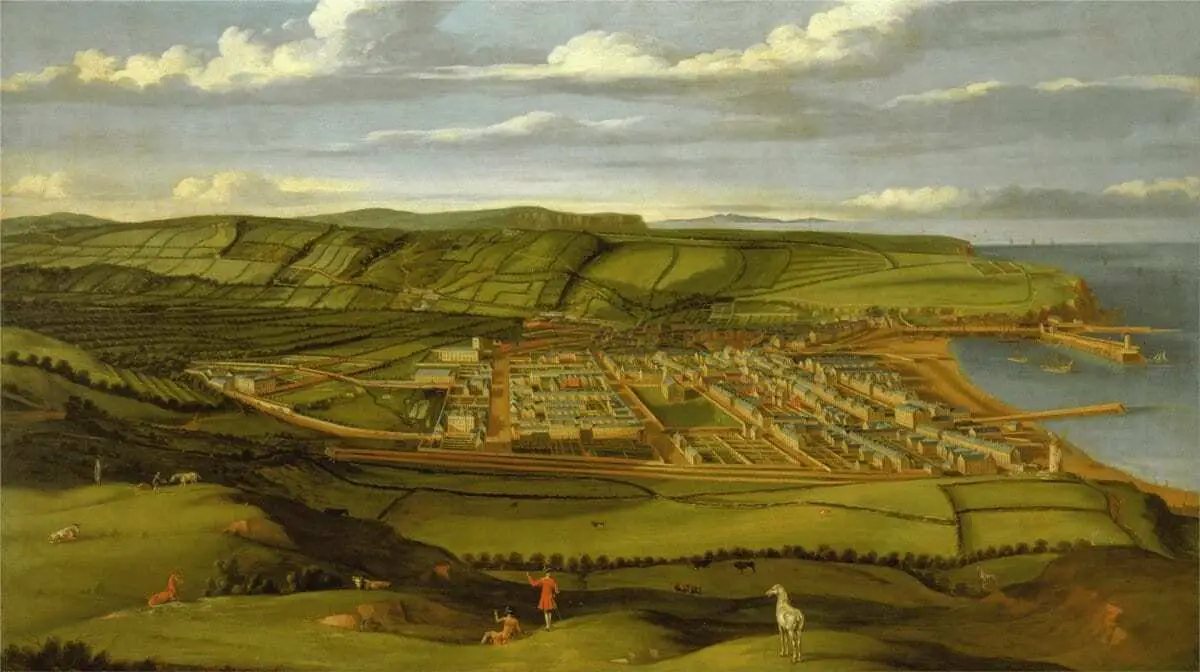On April 22nd, 1778, a lone USS Naval ship carried out a daring raid during the American Revolutionary War on the town of Whitehaven in England.
It was a clear night and the frost had begun to settle across the west coast of Cumbria. Two boats were lowered around 11.00pm from the USS Ranger, a 308 long ton (313 t) sloop-of-war in the Continental Navy, armed with 18 × 6-pounder guns.
The Ranger was commanded by John Paul Jones, often referred to as the “Father of the American Navy” (a sobriquet he shares with John Barry and John Adams). John Paul Jones was born in 1747 and grew up in Scotland, serving as a commander of several British merchant ships.
After having killed one of his crew members with a sword, he fled to the Colony of Virginia in 1775 and joined the newly founded Continental Navy in their fight against the British.

The raiding party comprised of about 20-30 men led by John Paul Jones and his Lieutenant Wallingford of the US marines and Midshipman Ben Hill. Their plan was a two-prong strategy, to torch the British merchant ships sitting anchored in the town’s harbor and to take the two forts defending Whitehaven and spike the guns to secure their escape.
The plan started to become unstuck when their landing near Saltom Pit to take the Half-moon Lunnette battery (commanding 8 guns of the 32-pounder caliber) was thwarted due to the rough seas and rocky shoreline.
John Paul Jones had more luck landing at the old fort and was able to silently scale the walls and take the fort’s garrison by surprise without bloodshed. Having secured his position, John Paul Jones along with Midshipman Joe Green travelled to the Lunnette battery on foot to incapacitate the guns.
The legacy of the capture of the forts, remain the only military installations in England to be captured by opposing forces during the American War of Independence.
Whilst this was happening, it is said in some accounts that Lieutenant Wallingford and his men landed the other boat at the Old Quay slip in Whitehaven and headed straight to the local pub to make merry with an abundance of the local tipple.

Upon the two groups of saboteurs finally mustering, they used matches made from canvas covered in sulphur and threw them into the holds of several ships. Amongst the commotion, one of Jones’s men called David Freeman began knocking on the doors of the townsfolk to warn them of the burning ships which threatened to consume the whole town.
A local publication, the Lloyd’s Evening Post referred to Freeman’s actions in an account of the raid stating that “he rapped at several doors in Marlborough street, (adjoining one of the piers) and informed them that fire had been [benn] let to one of the ships in the Harbour, matches were laid in several others; the whole would be soon in a blaze, and the town also destroyed; that he was one belonging to the privateer, but had escaped for the purpose of saving, if possible, the town and shipping from destruction.”
The alarm was quickly spread across Whitehaven and the flames were subdued before the fires could take. Only the “Thompson”, a ship full of coal bound for Dublin appeared to suffer any considerable damage.
By now John Paul Jones and his crew began their withdrawal to the USS Ranger having taken three hostages as they fled. The Lloyd’s Evening Post reported, “by this time some of the guns at the Half-moon battery were loaded, two of which were fired at the boats, but without the desired effect. The boats then fired their signal guns, and the ship immediately tacked and stood towards them till they got along-side, and then made sail to the North Westward.”
Despite the raid proving a failure, it sent shockwaves across England and awakened everyone to the threat of invasion. This resulted in several dispatches to all the capital seaports stating that “In the Kingdom, all strangers in this town are, by an order of the Magistrates, to be secured and examined: Similar notices have been forwarded through the country, &c. and, in short, every caution is taken that the present alarming affair could suggest.”
John Paul Jones continued to have a colourful maritime career after the Whitehaven raid. He was honored with the title of “Chevalier” by King Louis XVI of France, became the Russian rear admiral, was denigrated as a pirate and was even appointed a U.S. Consul until his death at the age of 45 on July 18, 1792.
In 1906, the exhumed corporeal remains of John Paul Jones were interred into the crypt beneath the Annapolis, Maryland, Naval Academy in a ceremony presided over by President Theodore Roosevelt. John Paul Jones was also given an honorary pardon in 1999 by the Port of Whitehaven for his raid on the town, in the presence of Lt. Steve Lyons representing the US Naval Attaché to the UK, and Yuri Fokine the Russian Ambassador to the UK.
Heade Image – USS Ranger (1777) – Painted by Edward Moran





